My First Bucket Brew
Good Start. Bad End

My journey into homebrewing began in February 2007 with my first bucket brew. Initially, it yielded satisfactory results for a couple of attempts. This picture captures a moment from that initial venture, showcasing the residue of waste yeast left behind in the bucket after transferring the brew to a barrel.
Back then, I was a novice and uncertain about the outcome of my brew. Consequently, I snapped this photo to seek clarification from my brother regarding the peculiar substance lingering in the bucket.
Despite my lack of expertise, I harboured a deep-seated desire to delve deeper into the world of homebrewing. My initial experiment with The Beer Machine didn't yield favourable results, but with minimal knowledge and a fervent curiosity, I sought guidance from my favourite pub, which conveniently housed a homebrew shop brimming with expertise.
Following a visit to the homebrew shop, where I sought advice on embarking on a more traditional brewing journey, I embarked on a mission to gather the necessary equipment. This included a fermenting bucket equipped with an airlock, a Pressure Barrel fitted with a Hambleton Bard S30 valve cap, sanitizer, a thermometer, and, most importantly, an abundance of enthusiasm.
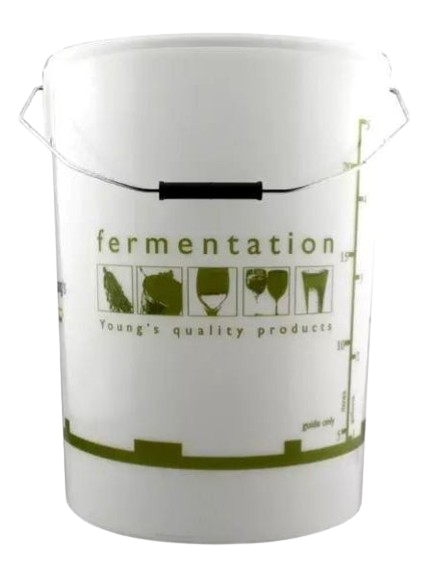
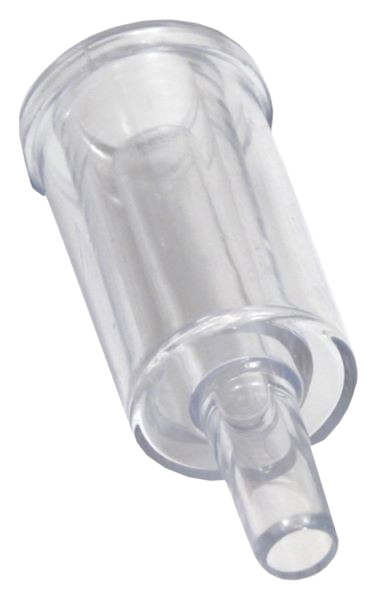
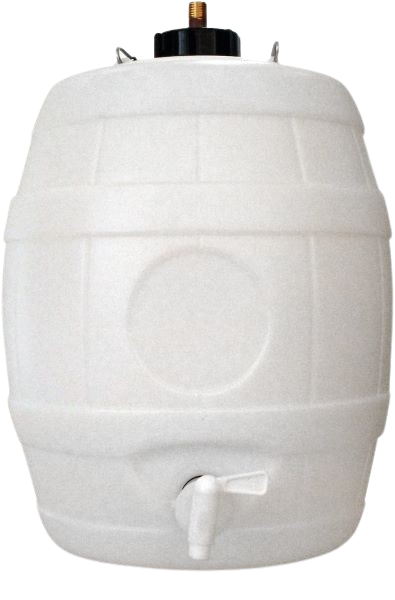
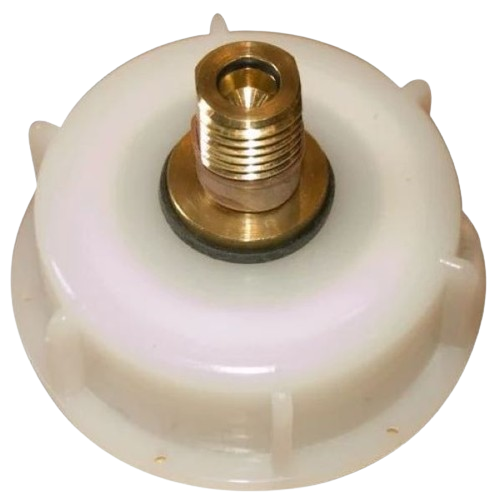
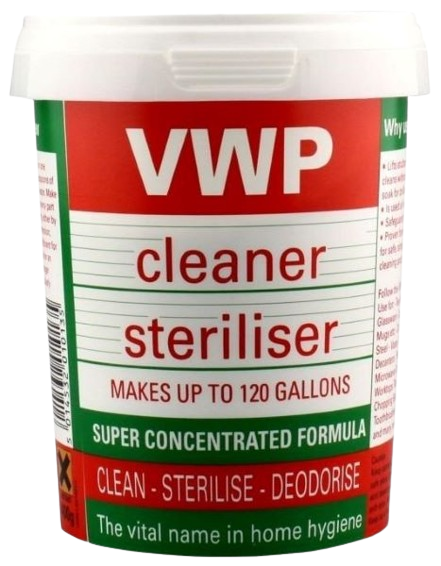

My first brewing experience was with a Woodfordes beer kit, and I believe it was their Wherry variety. I meticulously cleaned all equipment and followed the instructions to fill the fermenting bucket, sealing it with the airlock, and patiently awaited the tell-tale bubbles indicating fermentation had begun. After a day or so, the bubbles appeared, and I monitored them for 4 to 6 days until they ceased. I then transferred the beer to the serving barrel along with sugar, adhering to the two-week waiting period before indulging. Lacking a Hydrometer at the time, I assumed my beer's alcohol content was around 4%, mirroring the kit's specification. Despite my novice status, the outcome was surprisingly satisfying. There was immense joy in returning home from work and pouring myself a pint. Eventually, I acquired a Hambleton Bard S30 gas cylinder to replenish lost CO2 in my barrel, further enhancing my brewing setup

With a newfound confidence, I embarked on my next brewing adventure, likely another Woodfordes beer kit. This time, armed with advice from the homebrew shop, I made a significant change by replacing the sugar with spray malt. Although I couldn't directly compare the results to using sugar since I hadn't tried this particular kit with sugar initially, the switch intrigued me.
Realizing that consuming 40 pints from the serving barrel within a short period could be challenging, I opted to split this batch between the barrel and bottles. To accommodate this decision, I returned to the homebrew shop and purchased a number of flip-top bottles.
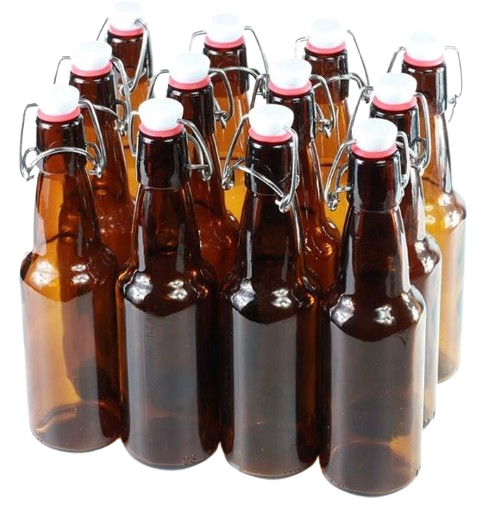
I ended up acquiring 24 500ml bottles to accommodate the remaining brew, while the rest went into the pressure barrel. Everything turned out remarkably well despite the somewhat messy process of transferring the beer to both bottles and the pressure barrel. The beer from the barrel turned out delicious, and due to the extended maturation time, the bottled ones were even better. However, upon opening, they were under considerable pressure, resulting in excessive foaming.
With my next brew, I encountered issues with the S30 valve cap. Shortly after transferring the beer into the pressure barrel, the cap split open. Seeking guidance, I returned to the homebrew shop to purchase another cap and seek advice. I was reassured that my beer should be fine despite the mishap. Unbeknownst to me at the time, I had transferred the beer from the brewing vessel to the barrel before it was fully ready. Consequently, when I moved it to the pressure barrel with the added spray malt, it became over-carbonated, leading to the cap splitting. After replacing the cap, the pressure quickly built up again, resulting in excessive foaming during the initial pours. However, after a brief settling period, the beer turned out to be quite enjoyable.
Realizing the importance of monitoring the brewing process more closely, I invested in a Hydrometer to check the alcohol percentage and ensure the completion of the first fermentation.

For my next homebrew I wanted to go strong.
After consulting with fellow brewers, I learned that adjusting the quantity of ingredients can yield a stronger beer. Intrigued by this notion, I visited the homebrew shop to discuss my plan: purchasing two kits of the strongest beer available and aiming to produce 40 pints. My calculation was straightforward in theory; in my mind, combining two 6% beer kits would result in either 80 pints at 6% or 40 pints at 12%.
Excitedly, I mixed both beer kits in the fermenting barrel and allowed it to brew for approximately 5 days. The aroma was enticing, and the airlock showed no signs of bubbling after 5 or 6 days, indicating fermentation completion. However, my attempt to gauge the alcohol content with the Hydrometer left me puzzled; I misread the results, mistakenly concluding it was 6%. Undeterred, I proceeded to transfer the brew into the serving barrel, intending to let it mature for at least a month.
After a week, upon inspection, everything seemed promising. I monitored its progress over the ensuing weeks, eagerly anticipating the taste test. To my dismay, when I finally attempted to sample the beer, I discovered a crack in the cap. It remains unclear when the damage occurred, but the beer had lost its carbonation, rendering it flat and disappointing. Needless to say, I was utterly disheartened by the outcome.
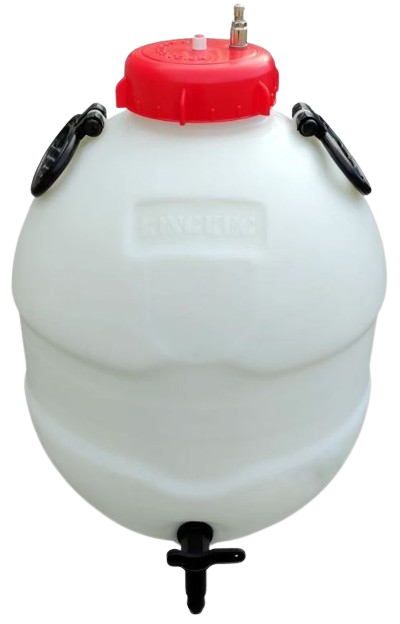
I looked into getting a new King Keg barrel with a 4" top and an over pressure release valve, but never did at the time and just stopped brewing.
I would be over 14 years before I did homebrew again.I considered investing in a new King Keg barrel with a 4" top, which promised easier cleaning and included an over-pressure release valve, ensuring I'd never encounter split or broken caps again. However, at that time, I never followed through with the purchase, and my brewing endeavors came to a halt.
It would be over 14 years before I resumed homebrewing again.